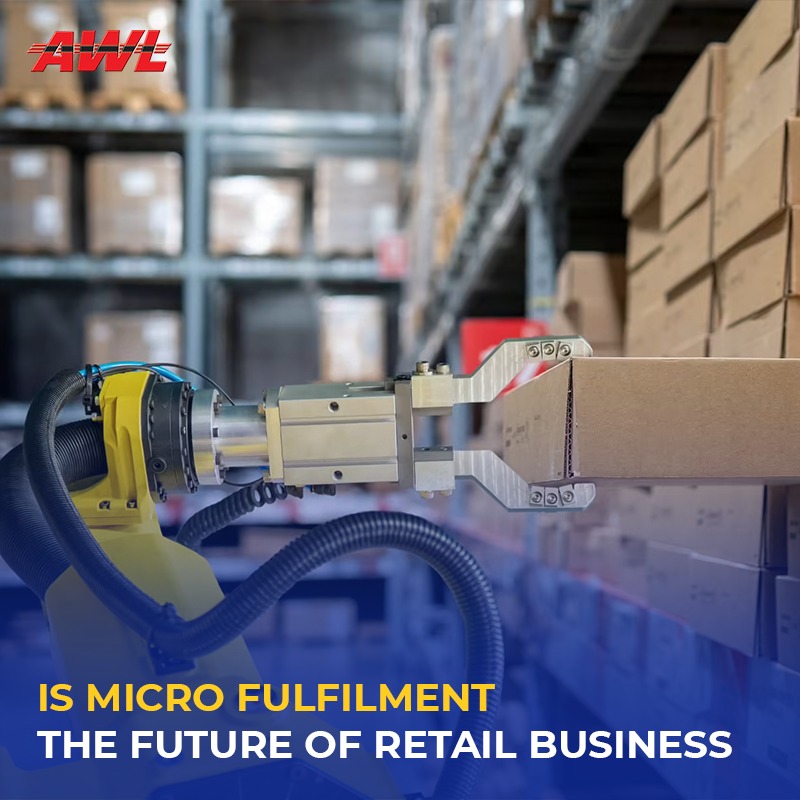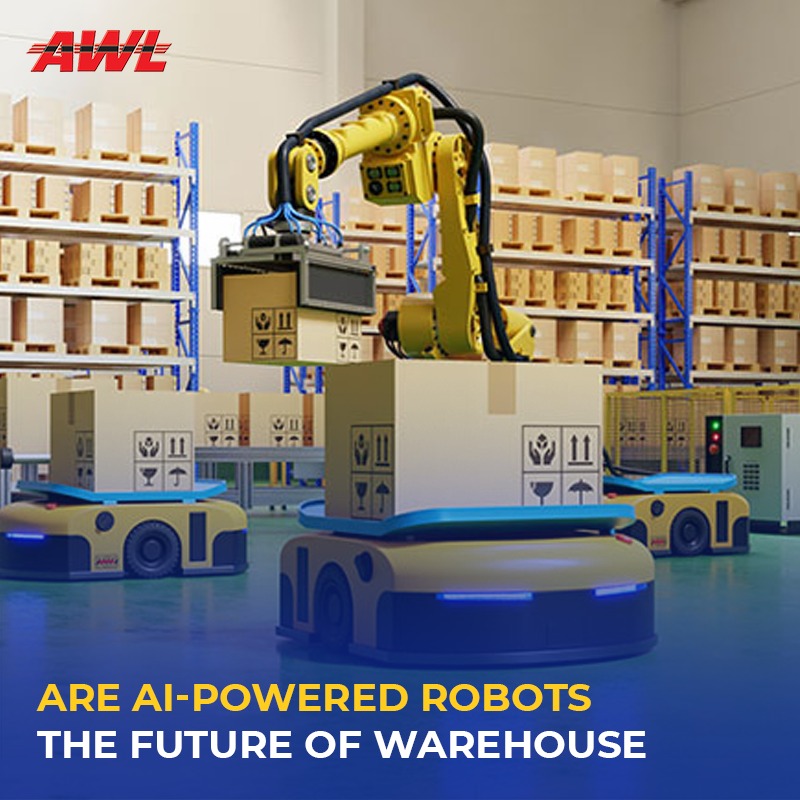
The COVID-19 pandemic may be losing its grip on the world, but the battle isn’t going to be completely won until vaccines reach the last person in any corner of the world. In order for this to happen, one will have to ensure that the vaccines are transported safely and effectively to ensure that it is in perfect condition to be administered.
The authorisation and distribution of the several Covid-19 vaccines have been a bright point in a year that has seen the globe plunged into unprecedented peril. In any event, the existing vaccinations each have clear models that must be satisfied in order for them to be successful, which has meant that the supply chain has got to think of clever ways to assure effective conveyance.
Given the number of transportation focuses from manufacturing to vaccination destinations, it is anything but straightforward. Vaccines are frequently transported by road and air, with stops and stockpiling at wholesalers until arriving at the terminal location, where they are stored refrigerated. The final mile to the medical care provider might be a van ride to a nearby town.
Vaccines must be kept at a constant temperature, or they will lose their effectiveness. As COVID-19 instances continue to grow throughout the world, the rate of possible deterioration may be disastrous.
Fortunately, Internet of Things (IoT) technology may provide a viable answer. IoT is now normally conveyed to gauge quality pointers for prescriptions and other short-lived products, so adjusting sensors to cover every vaccine's prerequisites are a basic assignment. Temperatures may also be monitored remotely and in transit via IoT, with alarms sent out if cooling systems begin to run below acceptable levels or fail completely.
IoT sensors, for example, can be installed on vaccination pallets. If an issue develops, these sensors may gather and evaluate light, humidity, and temperature, as well as transmit warnings with location data to vaccination stakeholders.
Besides, after medical care associations get the inoculations, they may fall back on a dashboard that gives data about the vaccines' travel subtleties and supply chain history. Utilising the cold chain to lessen misuse of this biopharmaceutical item will impact infectious prevention.
Furthermore, it is feasible to record data on the stock that incorporates maker and termination date, taking into account better-arranged circulation and capacity. Product stream can be improved on account of more educated choices on dispersion, demand, request designation and returns, all of which assists with staying away from wastage because of the time span of usability and over-burdening on the stock.
The capacity to utilise start to finish checking is basic for conveying updates to beneficiaries. However, it likewise assists transporters with limiting vaccine conveyance harm and burglary.
The capacity to track and screen cluster transportation is one benefit of embracing IoT in the vaccine supply chain, yet another is admittance to observing and examination dashboards. Utilising blockchain and observing, clients may better distinguish vaccine redirection, regardless of whether taken or provided inadvertently to the inaccurate region.
Finally, using IoT and information in this path considers much better observing of when first dosages have been given and when second dosages are expected, just as the general measure of stock every emergency clinic or immunisation centre approaches and when they'll require more. This streamlines the entire process and contributes towards ensuring that IoT and cold chain are vital to the success of a COVID 19 vaccine.

